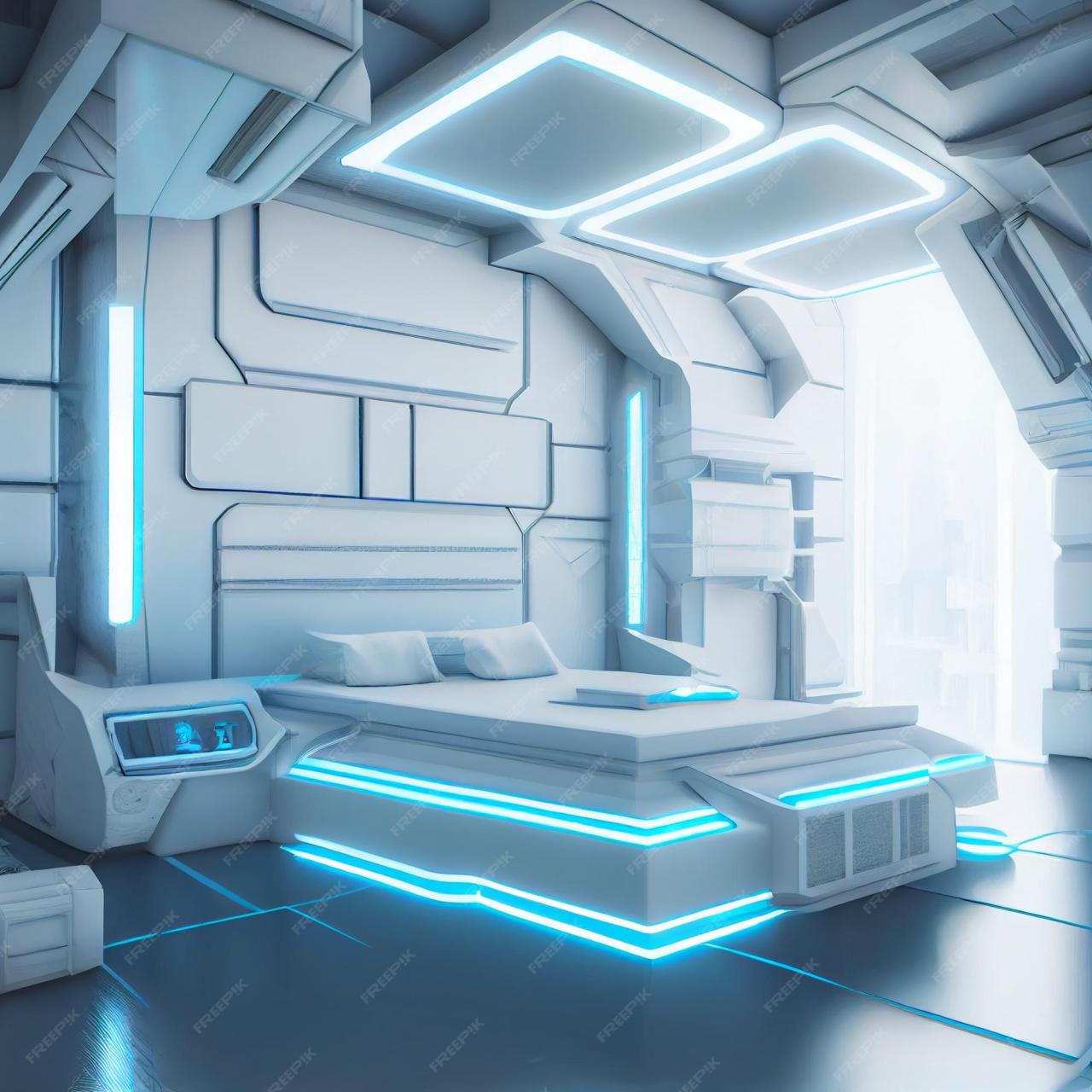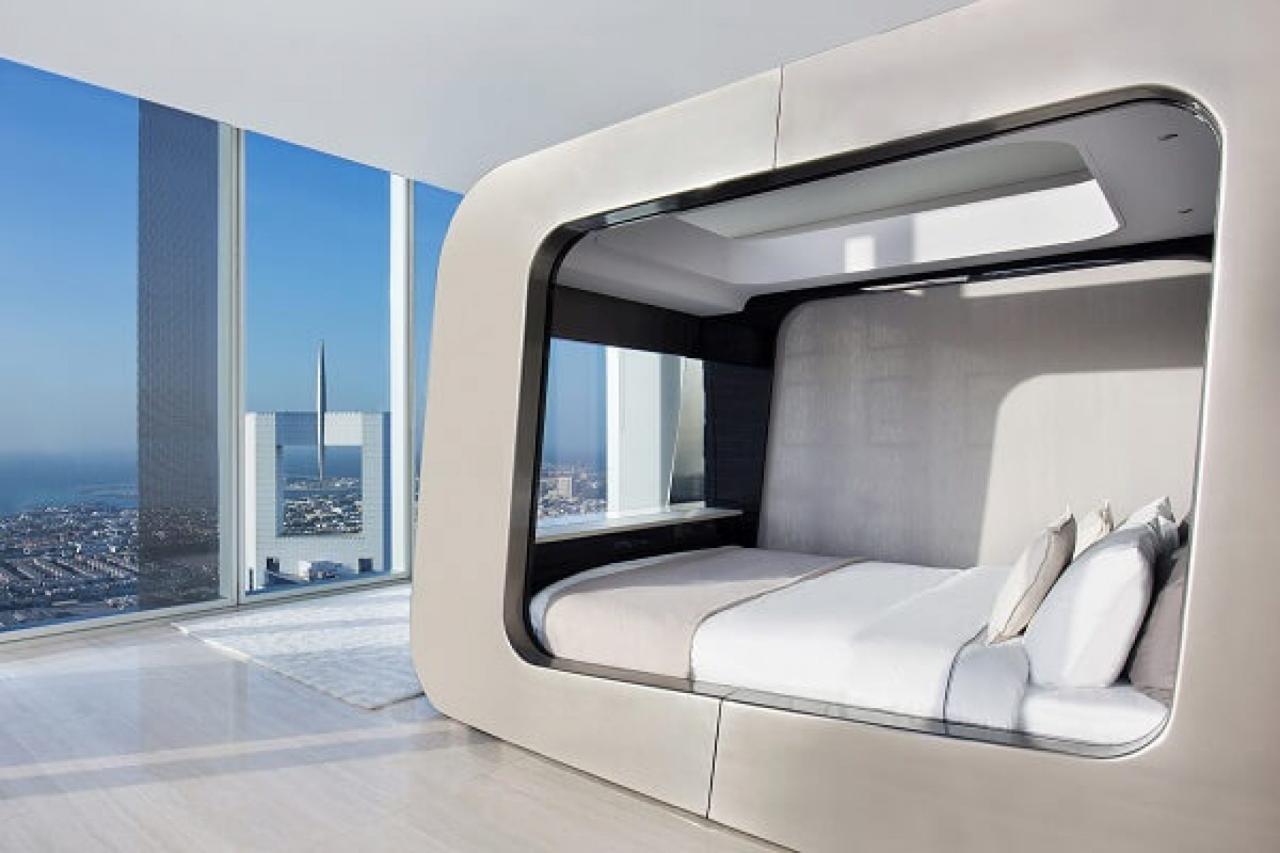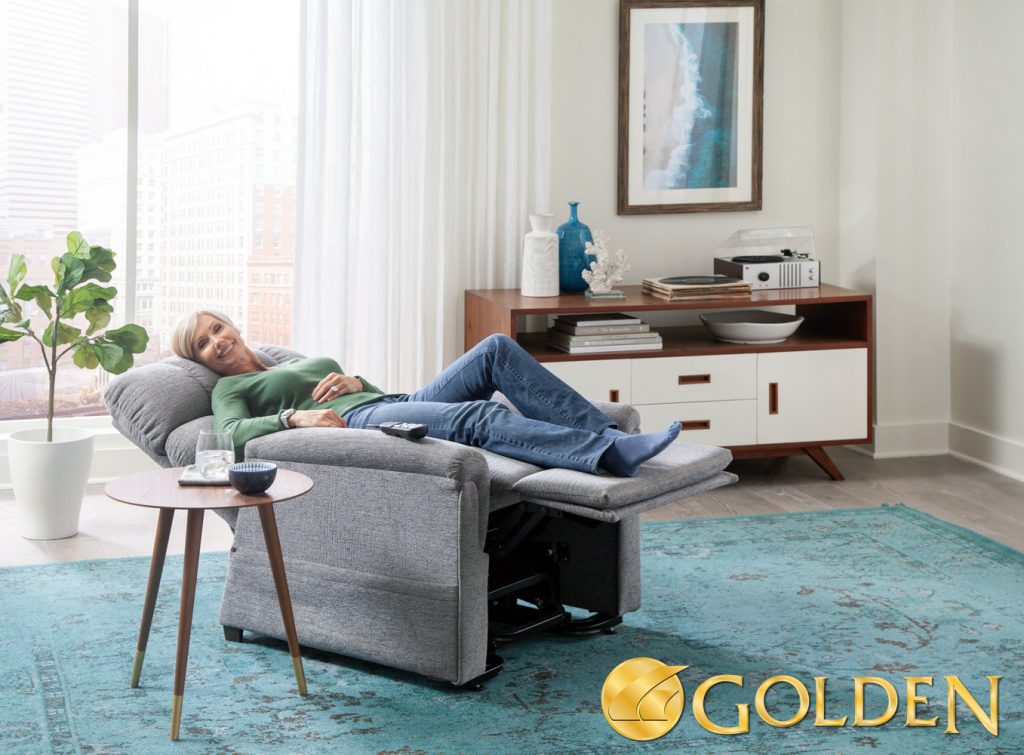Technology Beds: The Future of Sleep
Technology beds are revolutionizing the way we sleep, offering a range of features and functionalities that go beyond traditional beds. Imagine a bed that adjusts to your body shape, provides […]

Technology beds are revolutionizing the way we sleep, offering a range of features and functionalities that go beyond traditional beds. Imagine a bed that adjusts to your body shape, provides personalized temperature control, and even integrates with your smart home system. This is the world of technology beds, where comfort and convenience meet innovation.
These beds are designed to enhance sleep quality, promote relaxation, and even improve overall health. From adjustable bases that provide customized support to integrated lighting that creates the perfect ambiance, technology beds offer a personalized sleep experience tailored to individual needs.
Definition and Types of Technology Beds
Technology beds, also known as smart beds, are innovative sleep solutions that integrate advanced technology to enhance comfort, sleep quality, and overall well-being. These beds go beyond traditional mattresses and frames, offering a range of features that cater to individual needs and preferences.
Types of Technology Beds
Technology beds can be broadly categorized into several types, each with its unique features and target audience.
Smart Mattresses
Smart mattresses are designed to provide personalized comfort and support. They often incorporate sensors that track sleep patterns, adjust firmness levels, and even respond to changes in body temperature. Some smart mattresses also offer features like built-in heating and cooling systems, massage capabilities, and even the ability to play music or podcasts.
Adjustable Beds
Adjustable beds, also known as power beds, allow users to customize their sleeping position by adjusting the head and foot sections of the bed. These beds are particularly beneficial for individuals with back pain, sleep apnea, or other conditions that can be alleviated by elevating the head or feet. Adjustable beds are often equipped with features like remote controls, pre-programmed positions, and even integrated lighting systems.
Sleep Tracking Beds
Sleep tracking beds are equipped with sensors that monitor sleep patterns, including sleep duration, sleep stages (light, deep, REM), and heart rate. This data can be used to identify sleep problems and provide insights into sleep quality. Some sleep tracking beds also offer features like personalized sleep recommendations, sleep-enhancing sounds, and even integration with smart home devices.
Therapy Beds
Therapy beds are designed to provide therapeutic benefits beyond sleep. These beds may incorporate features like massage systems, heat therapy, or even light therapy to relieve pain, improve circulation, or promote relaxation. Therapy beds are often used in healthcare settings, but some models are also available for home use.
Other Types of Technology Beds
In addition to these common types, there are other emerging categories of technology beds, such as:
* Floating Beds: These beds use air suspension technology to create a feeling of weightlessness, reducing pressure points and promoting comfort.
* Zero Gravity Beds: These beds are designed to mimic the feeling of weightlessness in space, reducing pressure on the spine and promoting relaxation.
* Sleep-Optimized Beds: These beds use advanced algorithms and sensors to monitor and optimize sleep environments, including temperature, humidity, and light levels.
Key Features and Functionalities
Technology beds offer a wide range of features and functionalities that distinguish them from traditional beds. These features can be categorized into several key areas:
Comfort and Support
* Adjustable Head and Foot Sections: Allows users to customize their sleeping position for optimal comfort and support.
* Variable Firmness Levels: Enables users to adjust the firmness of the mattress to their individual preferences.
* Temperature Control: Features like built-in heating and cooling systems help regulate body temperature for a more comfortable sleep environment.
* Massage Features: Provides targeted massage therapy to relieve muscle tension and promote relaxation.
Sleep Monitoring and Analysis
* Sleep Pattern Tracking: Sensors monitor sleep duration, sleep stages, and heart rate to provide insights into sleep quality.
* Sleep Data Analysis: Algorithms analyze sleep data to identify sleep problems and provide personalized sleep recommendations.
* Sleep-Enhancing Sounds: Plays calming sounds or white noise to improve sleep quality.
Smart Home Integration
* Smart Home Connectivity: Integrates with smart home devices to control lighting, temperature, and other environmental factors.
* Voice Control: Enables users to control bed features using voice commands.
* App Integration: Provides a user-friendly interface for managing bed features and accessing sleep data.
Therapeutic Benefits
* Massage Therapy: Provides targeted massage therapy to relieve pain, improve circulation, and promote relaxation.
* Heat Therapy: Uses heat to relieve muscle tension and pain.
* Light Therapy: Uses light to regulate sleep cycles and improve mood.
Benefits of Technology Beds
Technology beds offer numerous benefits, including:
* Improved Sleep Quality: Features like adjustable positions, temperature control, and sleep tracking help optimize sleep environments and improve sleep quality.
* Enhanced Comfort: Personalized comfort and support features cater to individual needs and preferences, promoting a more comfortable sleep experience.
* Increased Relaxation: Massage features, calming sounds, and therapeutic benefits promote relaxation and reduce stress.
* Health Benefits: Sleep tracking and therapeutic features can help identify sleep problems and improve overall health and well-being.
* Smart Home Integration: Seamlessly integrates with other smart home devices for a more connected and convenient experience.
Target Audience, Technology bed
Technology beds are designed for a wide range of individuals, including:
* Individuals with Sleep Problems: Sleep tracking, adjustable positions, and sleep-enhancing features can help address sleep disorders and improve sleep quality.
* Individuals with Back Pain: Adjustable beds and supportive mattresses can alleviate back pain and promote proper spinal alignment.
* Individuals with Sleep Apnea: Adjustable beds can help reduce sleep apnea symptoms by elevating the head.
* Tech-Savvy Individuals: Smart features like voice control, app integration, and smart home connectivity appeal to individuals who enjoy the latest technology.
* Individuals Seeking Enhanced Comfort: Adjustable positions, temperature control, and massage features provide a more comfortable and personalized sleep experience.
Benefits and Advantages of Technology Beds

Technology beds offer a wide range of benefits that can significantly improve sleep quality, comfort, and overall well-being. These beds are designed to provide a personalized and customized sleep experience, addressing individual needs and preferences.
Improved Sleep Quality
Technology beds incorporate features that promote better sleep quality by addressing common sleep problems. These features include:
- Adjustable Sleep Positions: Technology beds allow users to adjust the bed’s position to find the most comfortable sleeping posture. This can help alleviate pressure points, improve spinal alignment, and reduce tossing and turning throughout the night.
- Temperature Control: Some technology beds feature built-in heating and cooling systems that allow users to regulate their body temperature during sleep. Maintaining a comfortable temperature is crucial for falling asleep and staying asleep.
- Noise Reduction: Technology beds often incorporate noise-canceling features, such as sound-absorbing materials or built-in white noise generators. This helps create a peaceful and quiet sleep environment, minimizing distractions.
- Sleep Tracking and Monitoring: Some technology beds integrate with sleep tracking apps or devices, providing insights into sleep patterns, sleep quality, and potential sleep disorders. This data can be used to identify and address sleep issues.
Enhanced Comfort
Technology beds prioritize comfort by offering a range of features designed to enhance the sleeping experience:
- Pressure Relief: Technology beds often incorporate specialized mattresses and pillows that provide pressure relief, reducing discomfort and promoting better circulation. This is particularly beneficial for individuals with back pain, hip pain, or other conditions that cause pressure points.
- Personalized Support: Technology beds allow users to customize the firmness and support levels of the bed, catering to individual preferences and body types. This ensures optimal comfort and reduces the likelihood of aches and pains.
- Ergonomic Design: Technology beds are often designed with ergonomics in mind, promoting proper posture and alignment while sleeping. This can help reduce muscle tension and improve overall comfort.
Increased Convenience
Technology beds enhance convenience and streamline the sleep experience:
- Remote Control: Many technology beds come with remote controls that allow users to adjust bed positions, temperature settings, and other features without getting out of bed. This adds convenience and enhances the overall sleep experience.
- Integration with Smart Home Systems: Some technology beds can integrate with smart home systems, allowing users to control the bed using voice commands or smartphone apps. This further enhances convenience and control over the sleep environment.
- Easy Maintenance: Technology beds are often designed for easy maintenance, with features like removable and washable covers and durable materials that resist wear and tear.
Potential Health Benefits
Technology beds can offer several potential health benefits:
- Reduced Back Pain: Adjustable positions and pressure relief features can help alleviate back pain by promoting proper spinal alignment and reducing pressure on the spine.
- Improved Circulation: Features like adjustable positions and pressure relief can improve blood circulation, reducing the risk of leg cramps and other circulatory problems.
- Enhanced Relaxation: Technology beds can promote relaxation through features like temperature control, noise reduction, and integrated lighting systems. This can help create a more peaceful and calming sleep environment.
Real-Life Examples and Case Studies
There are numerous real-life examples and case studies demonstrating the positive impact of technology beds on sleep and overall well-being. For example, studies have shown that adjustable beds can help improve sleep quality in individuals with sleep apnea and chronic pain. Technology beds with built-in sleep tracking features have also been shown to help users identify and address sleep issues, leading to improvements in sleep quality and overall health.
Technology Features and Functionality

Technology has revolutionized the way we sleep, and modern beds are no longer just for resting. They are equipped with a range of innovative features that enhance comfort, convenience, and even health. These features leverage cutting-edge technology to provide a personalized and sophisticated sleep experience.
Adjustable Bases
Adjustable bases are a core feature in many technology beds. These bases allow users to adjust the head and foot of the bed to achieve their desired sleeping position.
- How it works: Adjustable bases typically use electric motors to control the movement of the bed frame. Users can control the base using a remote control, a smartphone app, or even voice commands.
- Benefits:
- Improved comfort by providing optimal support for different sleeping positions.
- Reduced back pain and pressure points by elevating the head or legs.
- Enhanced sleep quality by allowing users to find the perfect position for restful sleep.
- Increased functionality by creating a comfortable reading or working position.
- Drawbacks:
- Higher cost compared to traditional beds.
- Potential noise from the motors during operation.
- Limited compatibility with certain mattress types.
Examples of brands that offer adjustable bases include Tempur-Pedic, Sleep Number, and Leggett & Platt. For instance, the Tempur-Pedic ProAdapt Base features adjustable head and foot sections, along with massage and zero-gravity settings, for a luxurious and personalized sleep experience.
Integrated Lighting
Integrated lighting adds a touch of ambiance and functionality to technology beds.
- How it works: Integrated lighting systems typically use LED lights embedded in the headboard, footboard, or under the bed. These lights can be controlled by a remote, app, or voice commands.
- Benefits:
- Enhanced mood and atmosphere by creating a calming or stimulating environment.
- Improved visibility for reading or working in bed.
- Increased safety by providing soft ambient lighting for nighttime navigation.
- Personalized lighting settings for different moods and activities.
- Drawbacks:
- Limited customization options in some models.
- Potential for light leakage that can disrupt sleep.
Brands like Sleep Number and Serta offer beds with integrated lighting. The Sleep Number 360 Smart Bed features under-bed lighting that can be adjusted to create a relaxing atmosphere.
Temperature Control
Temperature control features in technology beds aim to create a comfortable and sleep-conducive microclimate.
- How it works: Temperature control systems often use heating and cooling elements embedded in the mattress or base. These elements can be controlled by a thermostat or app, allowing users to adjust the temperature to their preference.
- Benefits:
- Improved sleep quality by regulating body temperature.
- Reduced night sweats and overheating.
- Increased comfort and relaxation.
- Higher energy consumption compared to traditional beds.
- Potential for uneven temperature distribution in some models.
Brands like Eight Sleep and ChiliSleep offer beds with temperature control features. The Eight Sleep Pod Pro features a mattress with integrated heating and cooling elements, allowing users to set individual temperature zones for each side of the bed.
Smart Home Integration
Smart home integration allows technology beds to connect with other smart devices in the home.
- How it works: Technology beds with smart home integration use wireless protocols like Wi-Fi or Bluetooth to communicate with other devices. This allows users to control the bed, access information, and automate various functions.
- Benefits:
- Enhanced convenience by allowing users to control the bed using their voice or smartphone app.
- Increased automation by integrating with other smart devices for tasks like setting alarms, adjusting lighting, and controlling the thermostat.
- Improved sleep tracking by syncing with fitness trackers and sleep monitoring apps.
- Drawbacks:
- Potential security risks associated with connected devices.
- Dependence on a stable internet connection for functionality.
Brands like Sleep Number and Serta offer beds with smart home integration. The Sleep Number 360 Smart Bed can be controlled by the SleepIQ app, allowing users to adjust the bed’s firmness, temperature, and lighting, and integrate with other smart devices in the home.
Considerations for Choosing a Technology Bed
Investing in a technology bed is a significant decision, and it’s crucial to carefully consider various factors to ensure you choose the right bed that meets your needs and preferences. This section will guide you through the essential considerations to help you make an informed decision.
Budget
The price of technology beds can vary significantly, ranging from a few thousand dollars to tens of thousands. It’s essential to set a realistic budget before you start shopping. Consider how much you are willing to spend and what features are most important to you. A budget helps you narrow down your options and prevents overspending.
Sleep Needs
Your sleep needs should be a primary factor in your decision. If you have specific sleep problems, such as insomnia, back pain, or snoring, look for a bed with features that can address those issues. Consider features like adjustable firmness, sleep tracking, and noise reduction.
Desired Features
Technology beds offer a wide range of features, such as adjustable firmness, massage settings, sleep tracking, and integrated lighting. Consider what features are most important to you and prioritize them based on your budget and sleep needs.
Personal Preferences
Personal preferences play a significant role in choosing a technology bed. Consider factors like preferred mattress type, desired comfort level, and desired aesthetics.
Research and Comparison
Before making a purchase, it’s crucial to thoroughly research and compare different models. Read reviews, watch videos, and visit showrooms to get a feel for the beds you’re considering. Compare features, prices, and warranties to make an informed decision.
The Future of Technology Beds
The world of sleep technology is rapidly evolving, with innovations constantly pushing the boundaries of what a bed can do. The future of technology beds promises a personalized and proactive approach to sleep, incorporating advanced technologies that can enhance sleep quality, monitor health, and even improve overall well-being.
Emerging Trends and Advancements
The integration of artificial intelligence (AI), virtual reality (VR), and biofeedback into technology beds is transforming the sleep experience. These technologies are paving the way for a more personalized and proactive approach to sleep, offering a range of benefits that extend beyond simply providing a comfortable place to rest.
- AI-Powered Sleep Analysis and Optimization: AI algorithms can analyze sleep patterns, identify disruptions, and adjust bed settings like temperature, firmness, and lighting to optimize sleep quality. For example, a bed equipped with AI could detect restless sleep and automatically adjust the mattress firmness or temperature to promote deeper sleep.
- VR-Enhanced Sleep Experiences: Virtual reality technology can create immersive and relaxing environments, transporting users to calming landscapes or serene beaches to improve sleep quality. VR could also be used to address sleep disorders like insomnia, offering guided meditations and relaxation techniques.
- Biofeedback for Sleep Monitoring and Health Insights: Biofeedback sensors can monitor physiological parameters like heart rate, breathing, and body temperature during sleep. This data can provide valuable insights into sleep quality and overall health, allowing users to identify potential sleep issues and make informed decisions about their sleep habits. For example, a bed with biofeedback sensors could detect a sudden increase in heart rate during sleep, indicating a possible sleep apnea episode, and alert the user or their doctor.
Final Conclusion

As technology continues to evolve, so too will the features and capabilities of technology beds. From incorporating artificial intelligence to integrating virtual reality experiences, the future of sleep is looking increasingly innovative and personalized. With the promise of improved sleep quality, enhanced comfort, and potential health benefits, technology beds are poised to transform the way we rest and recharge.
Technology beds are becoming increasingly sophisticated, offering features like adjustable firmness and integrated massage functions. But what about the rest of your smart home? Integrating door technology can enhance security and convenience, allowing you to control access and monitor activity remotely.
The possibilities are endless when it comes to creating a truly connected living space, and technology beds are just one piece of the puzzle.









